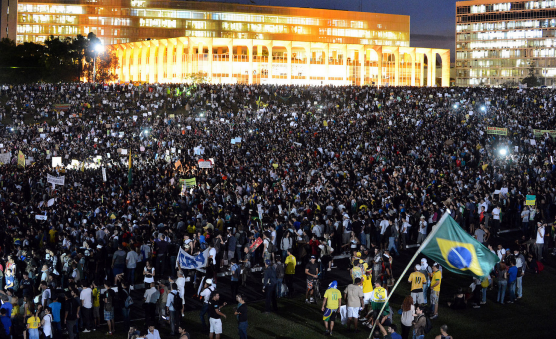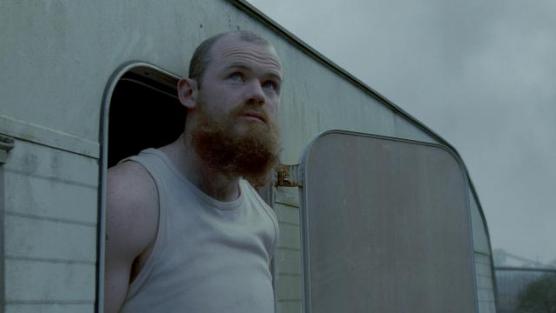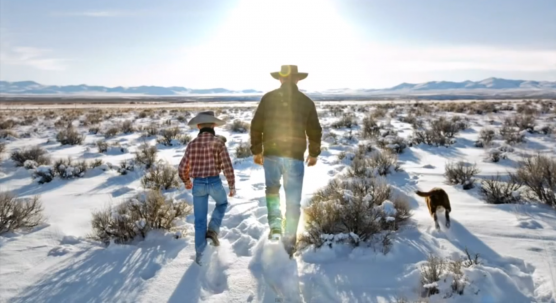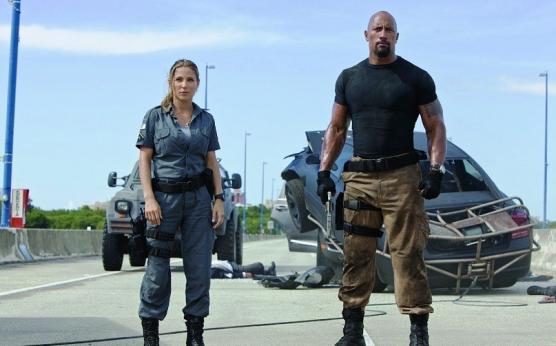How World Cup Non-Sponsors Can Make Most Of Social Video Strategy (Part 1)
The next World Cup in Brazil may be months away, but brands, agencies (and probably some footballers too) are already gearing up for the prime marketing opportunity of the year.
Brands internationally are already spending $1.6 billion (source: IEG) on sponsorship fees for next year’s World Cup, more than double than what was spent on the 2012 Olympics. But the good news is you don’t have to fork out on huge sponsorship fees to be a big hit. Unlike the tournament itself, you don’t have to be in it to win it!
You only need to look at the 2010 World Cup to see what we mean. Despite arch-rival adidas being a sponsor, Nike gatecrashed the party with its epic “Write The Future” ad campaign. It was not only the biggest ad of the tournament, but also the biggest ad of the year.
Non-sponsor Pepsi also scored a huge hit in 2010, beating sponsors Coca-Cola to second spot with its collaboration with rapper Akon, “Oh Africa”.
But how did they do it? And how can non-sponsors gatecrash the party in Brazil? Here we’ll break down how non-sponsors can use dynamic social marketing to make the most of the 2014 World Cup, producing incredible sharing results both in Brazil and the world at large.
Over 9.6 million tweets were sent during the Opening Ceremony of the 2012 Olympics in London alone. This kind of social integration will be even more important in 2014, where matches and festivities will play out over a distance of 4,500 km.
Of course, the vital ingredient in this is Brazil itself. The Wall Street Journal called the South American country “the social media capital of the universe” – and with good reason.
Seventy-nine per cent (78.3 million) of Brazil’s internet users are now on social media, according to a new report from eMarketer. In fact, Brazil has the second highest number of Facebook users (behind the U.S.) and boasts the second largest number of tweeters.
Brazilians are also some of the most active users on the social web. They spend around 36% of their time on social media, while average time on Facebook in Brazil increased by 208% last year, to 535 minutes a month.
But what about video? Well, Brazilians also have the highest rate of video sharing in the world (Unruly campaigns run in Brazil have four times the global average share rate), so these self-confessed video junkies are the ideal start for a viral campaign which can then ricochet around the world.
And it’s only going to get bigger. Boosted by a rapidly-expanding middle class and greater smartphone penetration, it’s estimated that around 80% of Brazil will have internet access by 2016.
2. Stop Trying To Be Funny
When creating your video content, sometimes a universal emotional trigger is the best choice of all. P&G certainly proved this when its ‘Best Job‘ spot stole the show at the 2012 Olympics in London, attracting almost three-quarters of the total shares for that event.
But how did P&G do it? Well, this ad succeeded by honing in on a unifying relationship – the universal bond between mother and child. Agency Wieden + Kennedy smartly took an international angle on the production, a tactic Nike borrowed in its similarly-effective Olympic spot ‘Find Your Greatness‘.
The lesson here is some emotional triggers are tricky to deploy across borders, like humour, which varies hugely between different countries. Meanwhile, more universal emotional triggers, like happiness and warmth, can give you a lot more cut-through globally.
To find out more, download our Science of Sharing white paper.
3. Exhilarate The Crowd
Want to appeal to social-savvy Brazilians? Of course you do. As we mentioned above, a global campaign needs to use emotional triggers and social motivations that will transcend boundaries. But if you want to target Brazil in particular, you will need to adjust your content strategy to fit.
In fact, at Unruly we recently created Brazilian and German versions of our predictive sharing algorithm Unruly ShareRank to help advertisers create content that will resonate strongly in different territories.
For example, humour is a hugely important emotion in the UK and U.S., however, in Brazil, it’s significantly less important, with viewers instead more likely to share a video that leaves them exhilarated.
By focusing on exhilaration, you could also stand out from the crowd. Dr Karen Nelson-Field, of the Ehrenberg-Bass Institute of Marketing Science, in her new book, ‘Viral Marketing: The Science of Sharing’, said: “For brands to make contagious content they need to focus less on creative appeal and more on emotional appeal. Exhilaration is one particular emotion that the vast majority of advertisers tend to ignore. However, videos that evoke feelings of exhilaration tend to be shared more than any other high arousal positive emotion.”
Dr Nelson Field, who collaborated with us on Unruly ShareRank, also pointed out that exhilaration has another trick up its sleeve. She added: “Exhilaration is the most commonly-recalled positive among viewers.”
4. If You Want To Use A Celebrity, Make Sure It’s A Sports Star
Recent research has found that star power alone does not drive sharing. Creative devices such as celebrites, prancing puppies and cute cats are useless if your video does not elicit strong emotions. However, there are exceptions.
Our research into the most shared ads of all time does show that sports celebrities do drive sharing more than celebrities from other genres, such as film, TV and even music.
Pepsi’s “Test Drive” ‘prankvert’, the 14th most shared ad of all time, did it. Nike’s “Write The Future” did it. And official sponsor adidas made a late-game win at the 2012 Olympics by doing it. So you might want to dust off your celebrity sports ambassador for next year’s big event.
5. Give Them A Reason To Share
No matter how great your content, you need to place yourself in a potential viewer’s shoes. Ads must give viewers a strong reason to share – and ideally more than one – to generate earned shares and views. Ads that offer weak social motivations, even when paired with strong psychological responses from viewers, have very low share rates.
Motivations like ‘attention-grabbing’, ‘shared emotional response’ and ‘zeitgeist’ all contribute to a viral campaign. For example, during this year’s Super Bowl ads, Ram Trucks’ serious and moving “Farmer” was the second most shared ad because it stood out among the usual glut of ‘funny’ ads. We ran it through our Unruly ShareRank sharing algorithm and found the stark visuals and sombre storytelling evoked a strong emotions of pride, warmth and awe – a rare mix at the Super Bowl.
For that reason, people primarily shared it with their social networks because they wanted to get a strong reaction from their friends.
To find out more, download our Science of Sharing white paper here.
6. Focus On The Target
A spot needn’t always have to appeal to mass audiences in order for it to be a huge success.
When we tested the Fast And Furious Five’s trailer against a national sample using Unruly ShareRank we found the video did not score very highly for shareability. Yet when it was launched during the build-up to the Super Bowl, the trailer (1.5 million shares) enjoyed had an excellent share rate among its target young, male demographic.
So by creating a spot that elicted strong emotions of exhiliration and hilarity among its target audience, Universal were able to score a major hit at the so-called ‘Greatest Show On Earth’.
**Oliver Smith, Unruly’s Commercial Director, will be presenting at the Brazilian Advertisers Association in São Paulo today (November 6th). Attend his presentation to find out more about advertising trends in Brazil and how brands can make the most of the World Cup in 2014.





